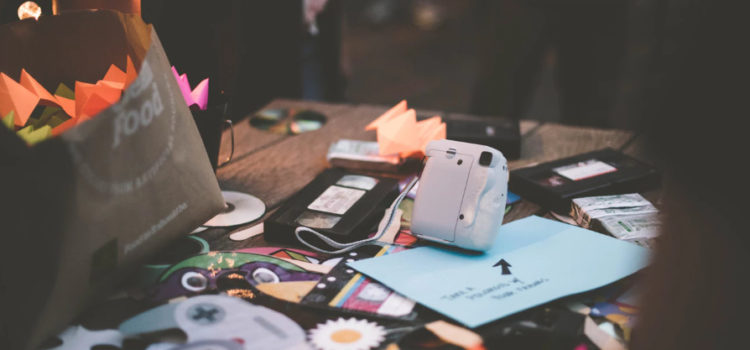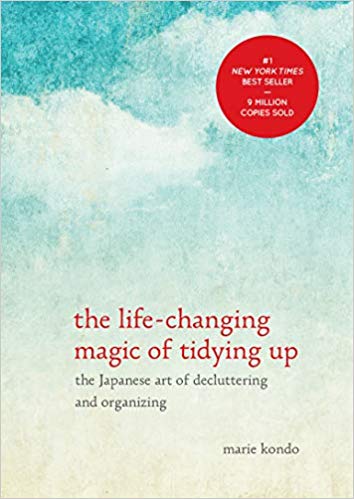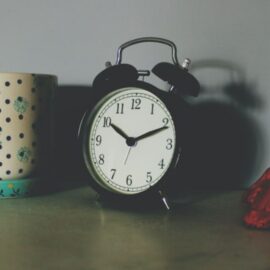

This article is an excerpt from the Shortform summary of "The Life-Changing Magic of Tidying Up" by Marie Kondo. Shortform has the world's best summaries of books you should be reading.
Like this article? Sign up for a free trial here .
Have too much stuff, and not sure how best to get rid of it? Marie Kondo is a world-renowned expert on tidying, and this book teaches you how to get past the most common barriers preventing you from decluttering. Go through the Konmari method once, and you may find your relationship with things to be changed permanently.
Chapter 1: Tidying
Why Can’t I Tidy?
We tidy a space only to have it cluttered again in no time. What are we doing wrong?
We can’t do things if we’re not taught how. Tidying is something we’re supposed to know how to do, yet we’re never exposed to actual techniques.
- There aren’t classes on it. Even Home Ec covers cooking and sewing, but not tidying.
- Recipes are passed down through generations, but does your family have a time-honored tidying method? Probably not.
- Did your parents teach you how to tidy, or did they just demand you do it?
- “Experience” doesn’t make a difference. Kondo has clients who are seasoned homemakers and clients who are young people newly on their own–and usually the experienced homemakers have more bad habits to break down and relearn.
Some guides will tell you to find the right tidying method to suit your personality, but this overcomplicates the act. Tidying is simple: you should be able to put things away when you aren’t using them, and this means you can’t have more things than storage space. There’s no personality to it.
People who can’t tidy fall into only 3 different categories:
- They can’t discard items they don’t use or need, so their house becomes cluttered.
- They can’t put items away after using them, so everything stays out and clutters the space.
- Or they’re a combination of those two–90% of people fall into this last category.
The KonMari method is one method for everybody, but you’ll still ultimately do this in your own way according to your personality.
Some people feel like their family members keep them from being tidy. But getting annoyed or angry at family members for not being tidy actually suggests we need to tidy. Tidy your own spaces first and be prepared to see a change occur in those around you.
- Once you start dealing with your own excess, it’ll create a chain reaction and inspire others around you to do the same.
- Once your own spaces are tidy, you’ll probably tidy communal spaces without a second thought when necessary, and you won’t feel resentful towards others because you’ll know all your possessions are organized.
———End of Preview———

Like what you just read? Read the rest of the world's best summary of Marie Kondo's "The Life-Changing Magic of Tidying Up" at Shortform . Learn the book's critical concepts in 20 minutes or less .
Here's what you'll find in our full Marie Kondo summary :
- The psychological benefits of tidying
- How to Tidy the Konmari method
- How to deal with Clothing, Books, Papers, and Sentimental Items
- ...and much more






